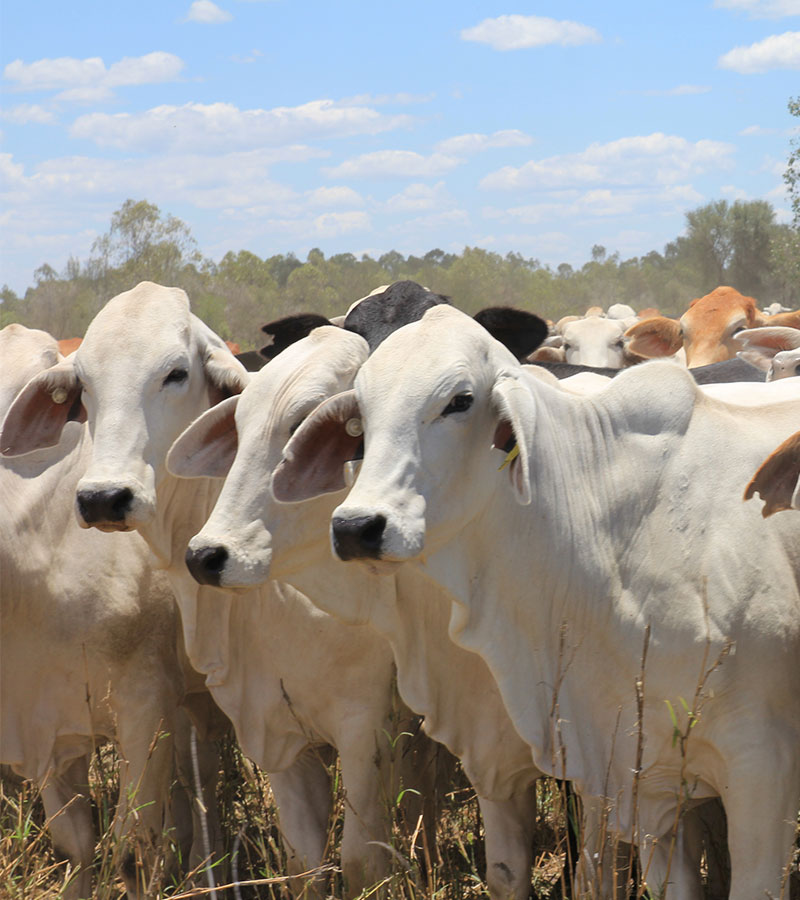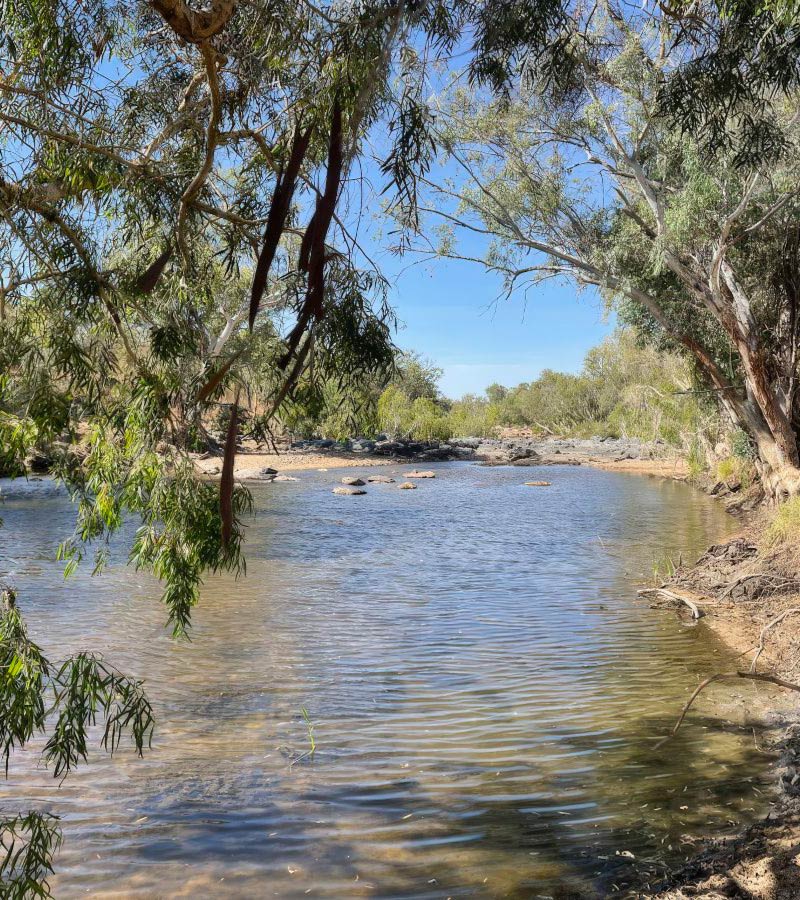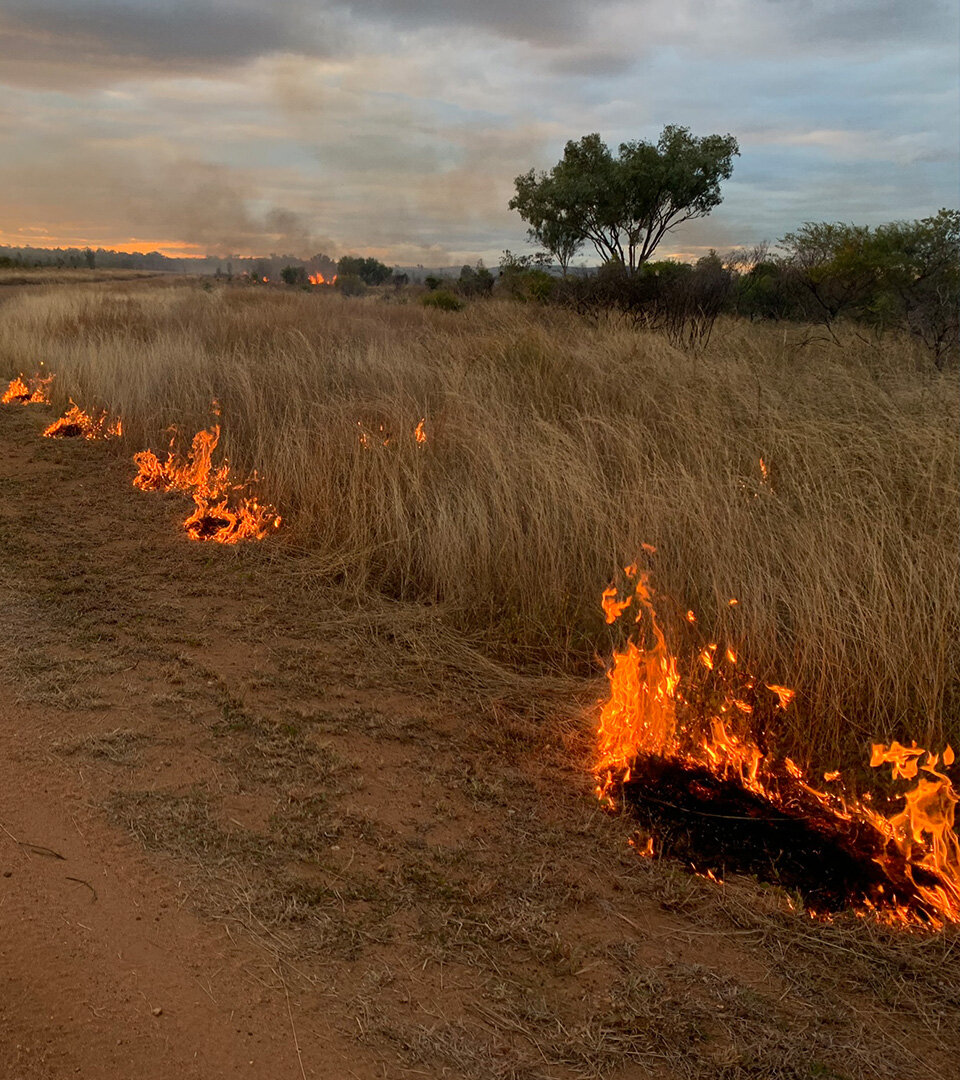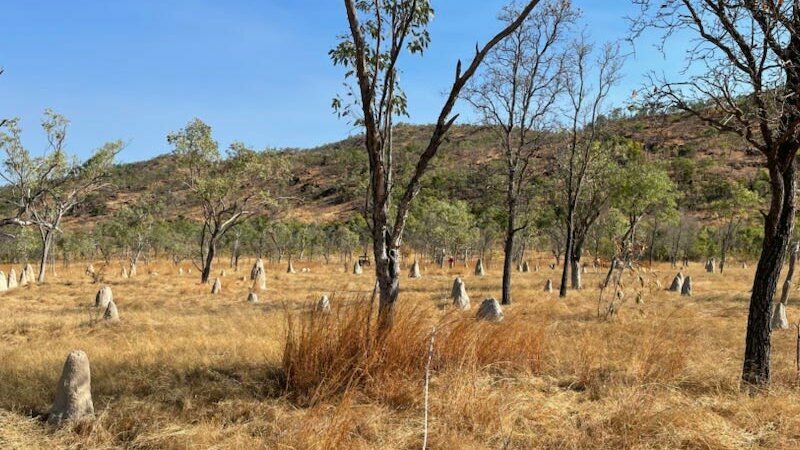Carbon Farming Explained
Everything you need to know about carbon farming, carbon credits, ACCUs & more




Understanding your carbon footprint & greenhouse gas emissions
Whether you believe in Climate Change or not, carbon credits are now part of the Australian energy and business landscape.
Since Australia’s first carbon farming initiative in 2011, millions of hectares have been restored in Australia through the carbon farming industry, making it the world’s largest regeneration project in history.
Find out everything you need to know about Carbon Farming
What is Carbon Farming?
Carbon Farming is a ‘whole-of-farm’ approach to increasing carbon capture by implementing practices that can improve the rate at which CO2 is REMOVED from the atmosphere and STORED in plant material & soils.

Who oversees the Carbon Farming industry?
The Emissions Reduction Fund (ERF) is a voluntary scheme that provides incentives for landholders to take part in Carbon Farming. The Clean Energy Regulator (CER) is responsible for overseeing the ERF.
What is an ACCU?
An ACCU, or Australian Carbon Credit Unit, is the currency of the Australian Carbon Farming Industry. An ACCU is issued to a person or organisation by the Clean Energy Regulator for implementing practices that reduce CO2 in the atmosphere. One ACCU represents the avoidance or removal of 1 tonne of CO2 Equivalent.
What is a CO2 Equivalent?
Carbon Dioxide is a Greenhouse Gas (GHG) which means that as it increases in the atmosphere, the atmosphere warms. There are other GHGs, such as Methane and Nitrous Oxide, that warm the atmosphere to different levels. The CO2 equivalent is a metric measurement that standardises the warming effects of different GHGs.
Can ACCUs be sold and who would buy them?
ACCUs can be sold to generate additional revenue for your business. There are multiple sources of demand for ACCUs, including:
- Emissions Reduction Fund Auctions: The Australian Government is currently the largest purchaser of ACCUs. The Commonwealth Government has already committed $2.3 billion, purchasing more than 192 million ACCUs.
- Safeguard Mechanism: Under the safeguard mechanism, particular Facilities/Businesses are required to keep their emissions at or below a baseline set by the Clean Energy Regulator. Safeguard facilities that exceed their emissions baseline can surrender ACCUs to offset excess emissions. The Safeguard Mechanism targets Australia’s largest GHG emitters; the policy affects hundreds of companies in industries ranging from Mining, Oil & Gas Production, Electricity, and Manufacturing.
- Voluntary Markets: Businesses are increasingly willing to voluntarily offset their emissions to become Carbon Neutral. These included well-known companies such as ANZ, Telstra, Qantas and many others.
- State & Territory Governments: These governments are seeking to be carbon neutral and may source ACCUs to offset their emissions; The QLD Government often purchases ACCUs to support its emissions reduction target.
Do you have to include your entire property in the Carbon Project?
No. You get to decide how much and which land will be included in the Carbon Project.
What are carbon farming methods?
To generate ACCUs in a Carbon Farming Project, a landholder must implement Management Activities that can store carbon in trees and soils or avoid the release of GHGs. These management activities or practices are called Carbon Farming Methods. Finding the Carbon Farming Method that is best for you is critical.
What do landholders have to do?
Carbon Farming is NOT ‘money for nothing’. Landholders are required to undertake Management Activities in accordance with the Carbon Farming Method elected in their Project, and also demonstrate Additionality.
What is ‘ADDITIONALITY’ in Carbon Projects?
Additionality is a defining concept of carbon projects. To qualify as a genuine carbon offset, the reductions achieved by a project need to be ‘additional’ to what would have happened if the project had not been carried out. So, not only must the landholder undertake specific Management Activities, but these activities must be DIFFERENT from the activities or practises the landholder has traditionally utilised.
What are the benefits of Carbon Farming?
The major benefit of Carbon Farming is a new source of revenue for landholders that is not dependent on their primary enterprise (i.e. Beef Cattle). Trees can also have other benefits, provided that a favourable tree-grass balance exists. These benefits can include:
- Provides shelter for livestock.
- Reduces soil erosion and salinity while enhancing soil condition.
- Carries out important ecosystem functions, such as water and nutrient cycling.
- Supply habitat for species such as insects, birds and reptiles.
Landholders who take part in Carbon Projects will benefit from new business options. For example, a grazier who generates ACCUs through a Carbon Project may choose to market their beef as Carbon Neutral.
What are the Costs?
There are two major costs to Carbon Farming that landholders must be aware of when considering a project.
- Carbon Project Costs: These are the costs that are required to undertake the Additional Management Activities as part of the Carbon Farming Method for the project. For example, if a grazier in Queensland signs up for a Human-Induced Regeneration (HIR) Project, this may require them to implement new fire controls and grazing practices, meaning new expenses for the business.
- Costs to Production: These are the costs that are incurred by the business as an indirect result of the Carbon Project. For example, a grazier in QLD taking part in a vegetation based project will have more trees on parts of their property. While much of Australia’s grazing land is comprised of woodland where trees and native pastures coexist, they also compete for water, nutrients and sunlight. This competition can mean that in certain situations, Vegetation Methods can reduce Agricultural Production.
What is the Safeguard Mechanism Legislation?
From 1 July 2023, the Australian Government introduced the Safeguard Mechanism legislation and set out the Government’s policy for reducing emissions at Australia’s largest industrial facilities.
It sets legislated limits—known as baselines—on the greenhouse gas emissions of these facilities. These baselines will decline, predictably and gradually, on a trajectory consistent with achieving Australia’s emission reduction targets of 43% below 2005 levels by 2030 and net zero by 2050.
Essentially, the 215 largest emitters (energy producers, large smelters, etc) are required to reduce their baseline emissions by 5% year on year failing which they may face penalties. This is where graziers come in – carbon credits they create can be sold to these large emitters to help them offset their emissions.
However, it is not just the largest 215 emitters. You will notice that ‘net zero’ and ‘carbon’ are buzzwords that are starting to impact all manner of supply chains. These will inevitably affect the graziers as well in time who will become under increasing pressure to be carbon neutral.
Find out more
Want to learn more about Carbon Farming?
Contact us today or download our Carbon Farming 101 document.


